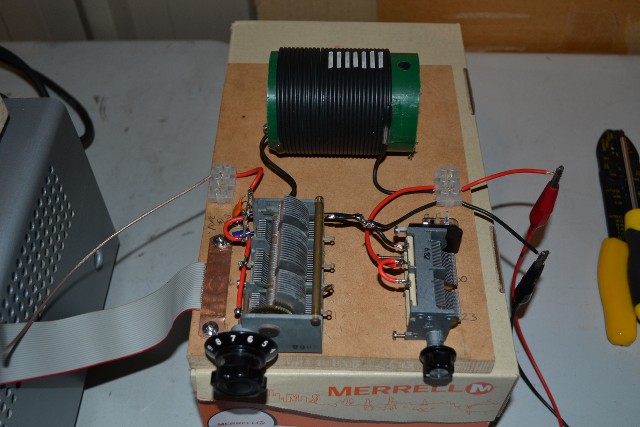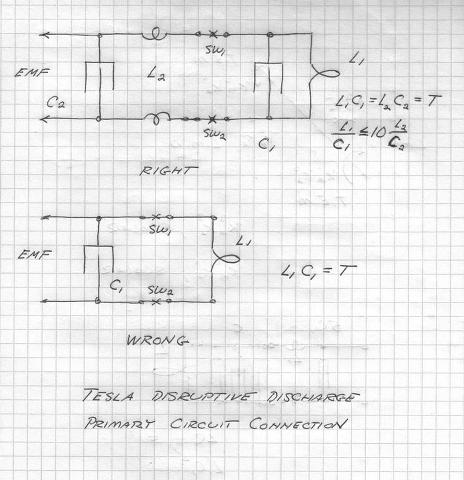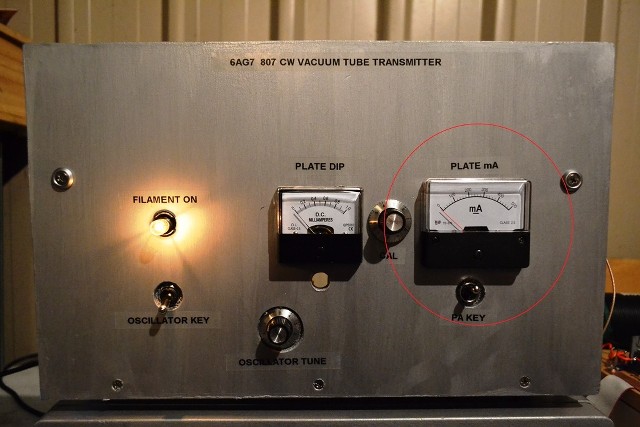Thanks Sputins.
If I remember well you also made flat coils. Did you use the same 62% wire spacing there in the secondary? I am thinking of making a flat coil that will not be useful with an extra coil but might make a better simple telluric system?
Also I have a question about tuning the extra coil. In the original drawing Eric showed the extra coil with its elevated capacity coupled to a plate that was connected to earth. Now I wonder if the tuning was done without the extra plate. Perhaps the extra plate was tuned to resonate with the extra coil? I see no descriptions of that final tuning stage. Was the capacitor large enough etc. I wonder what drGreen did there. Perhaps we could just leave the extra plate and operate the extra coil just as an extension of the secondary coil?
If I remember well you also made flat coils. Did you use the same 62% wire spacing there in the secondary? I am thinking of making a flat coil that will not be useful with an extra coil but might make a better simple telluric system?
Also I have a question about tuning the extra coil. In the original drawing Eric showed the extra coil with its elevated capacity coupled to a plate that was connected to earth. Now I wonder if the tuning was done without the extra plate. Perhaps the extra plate was tuned to resonate with the extra coil? I see no descriptions of that final tuning stage. Was the capacitor large enough etc. I wonder what drGreen did there. Perhaps we could just leave the extra plate and operate the extra coil just as an extension of the secondary coil?








Comment